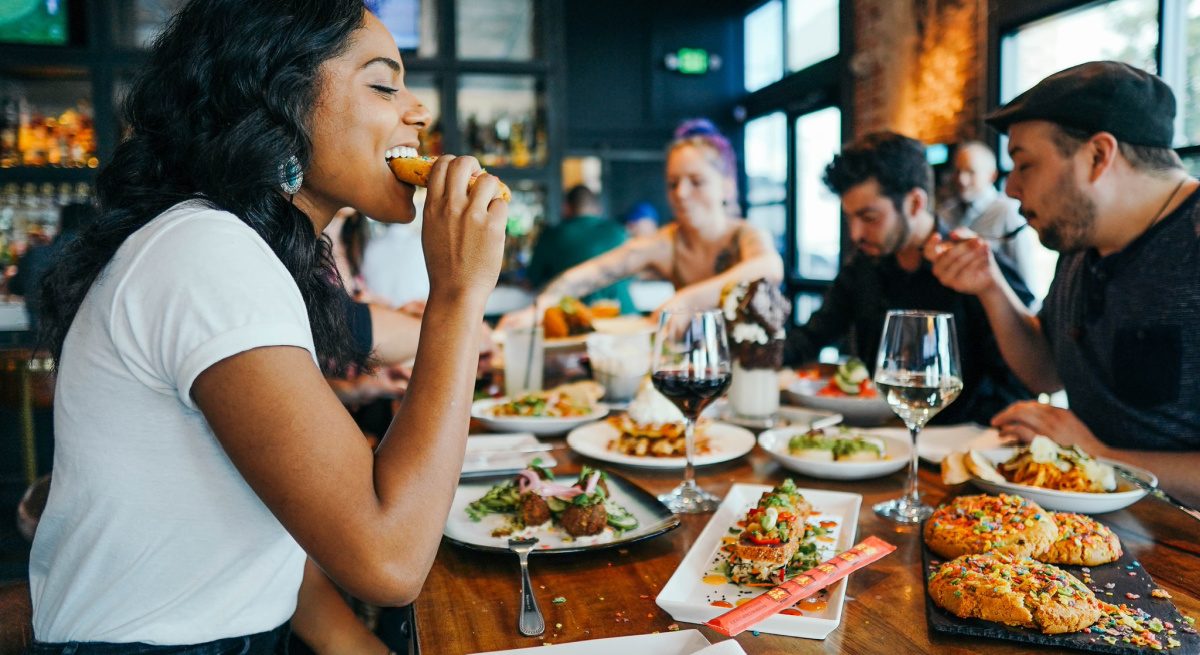2021 Restaurant Insurance Outlook: Updated
4 Min Read By Brian O’Connell
For the original article, click here. Call it a tale of two scenarios – one with upside and the other mostly downside – on the U.S. restaurant scene.
On the upside, U.S. restaurant sales experienced a “healthy” increase in total sales in July, 2021, according to Restaurant.org. U.S. eating and drinking outfits saw sales stand at approximately $4.4 billion in June, 2021, the organization estimated. That’s 6.6% ahead of the February, 2020 pre-pandemic timeframe ($70.6 billion versus $66.2 billion.)
On the downside, Restaurant.org states that over eight million U.S. restaurant staffers were either laid off or furloughed, with the entire industry losing $280 billion in sales during the first 13 months of the pandemic.
With restaurants clawing back and facing new challenges like vaccine credentials and new COVID variants, it’s a good time to check on an equally important, if less prioritized corner of the American dining and drinking sector – restaurant insurance.
“The…
Sorry, You've Reached Your Article Limit.
Register for free with our site to get unlimited articles.
Already registered? Sign in!


